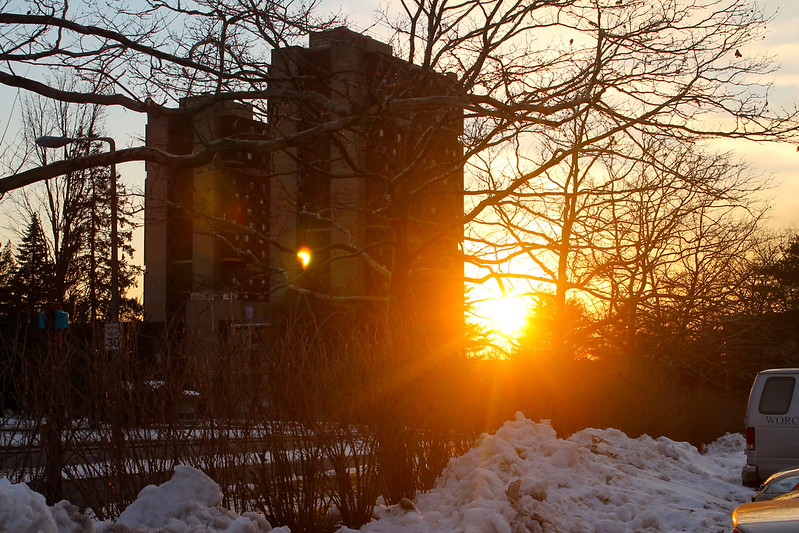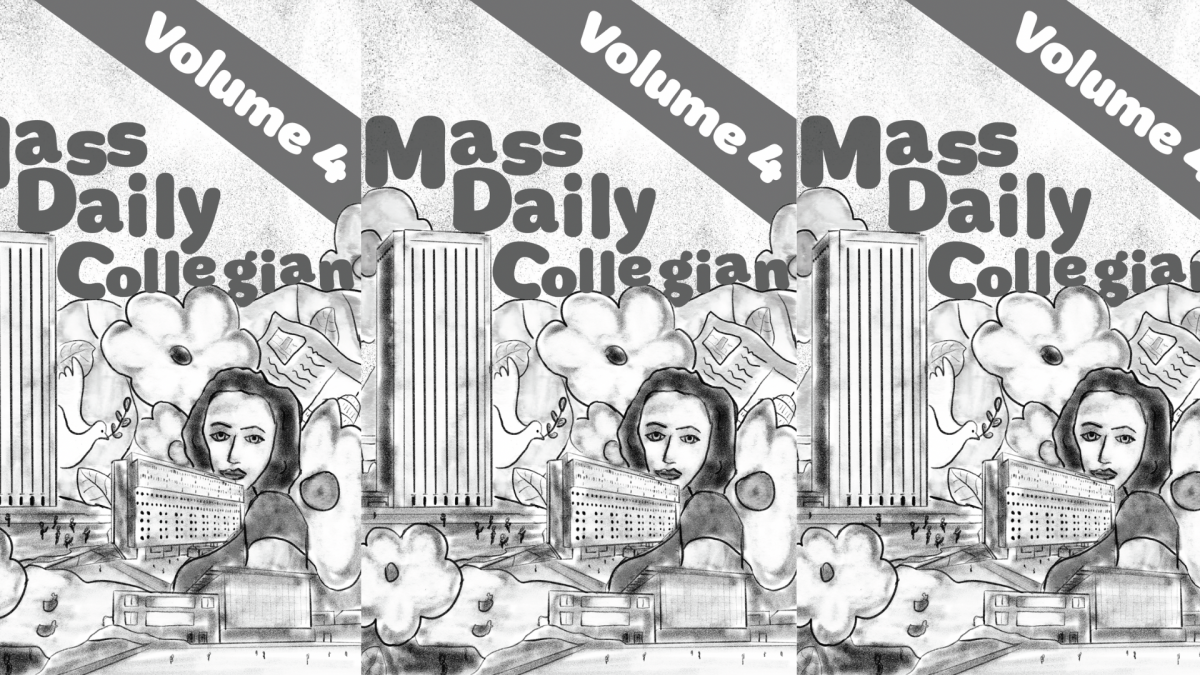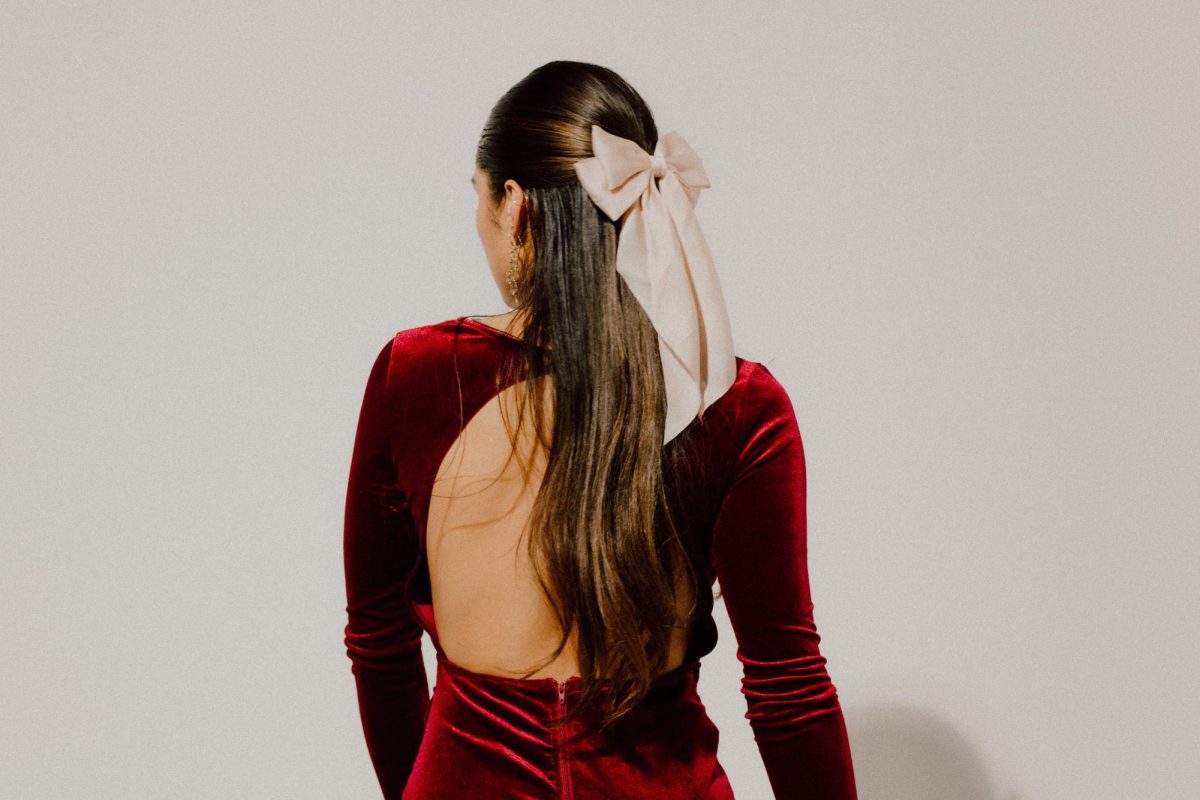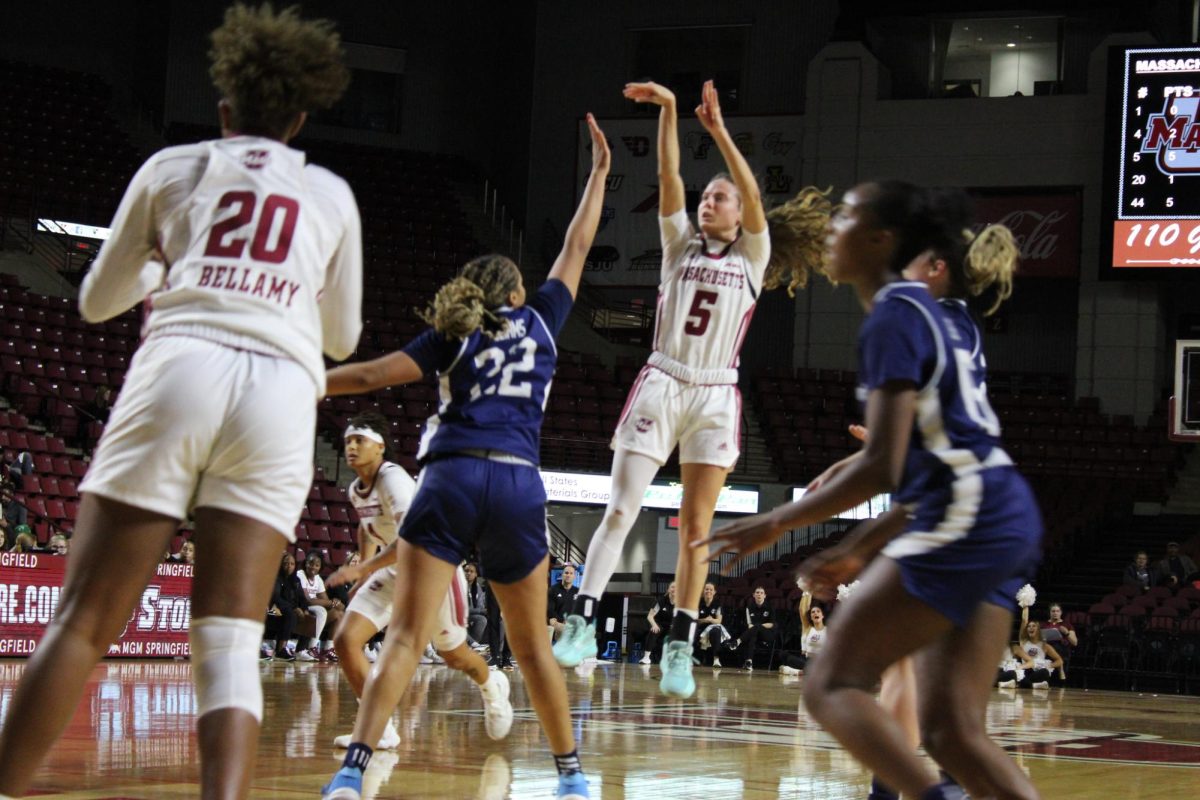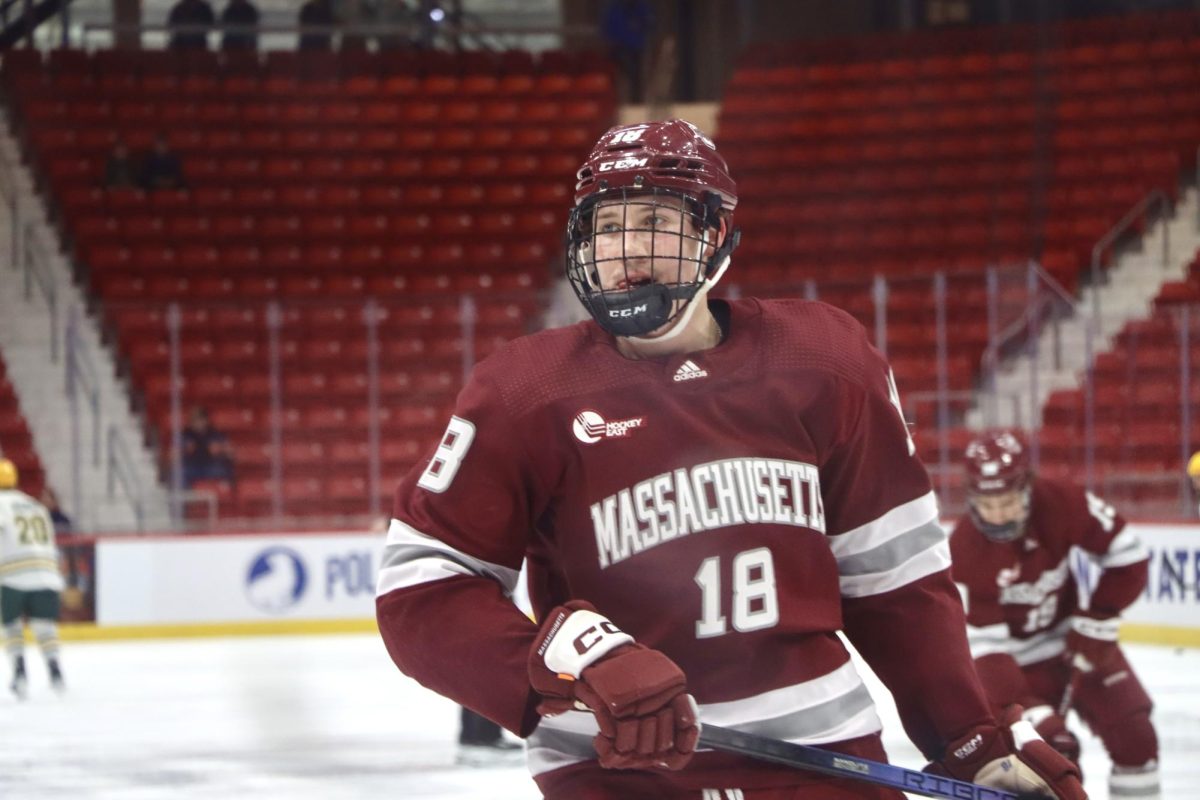Note: this is not a representation of all residential areas on campus, but an examination of the popular areas within the last few years
El Barrio Defined Residential Community
Yanssy Dubon was unsure about coming to the University of Massachusetts as a high school senior. A native of East Chelsea, Massachusetts, Dubon grew up among a diverse student body. It was a drastic change to arrive on campus.
UMass is a predominantly white institution, a term that describes an academic institution where 50 percent or more of enrolled students are white, according to the U.S. Department of Education.
For students of color like Dubon, who also comes from an immigrant background, choosing to attend a PWI made her realize how important it was to find community once she set foot in Amherst.
“I knew that if I moved into a hall where I was just going to be surrounded by a lot of white people, I knew I was going to struggle really hard,” Dubon said.
Prior to enrolling at UMass, Dubon recalled how a few of her friends said that she could apply to live in a specific part of campus, called a Defined Residential Community.
DRCs serve as spaces within residence halls where students can choose to live amongst those with similar interests and identities, said Residence Education Director Jean MacKimmie.
Dubon went on to live in El Barrio, a Latinx student community based in Washington Hall in Southwest Residential Area. El Barrio is just one of five DRCs; the others include Harambee, Spectrum, Asian American and the Disability DRC, which will run during the fall semester.
“When students are able to live with people who share similar backgrounds, the hope is that they can support each other’s personal and academic growth,” MacKimmie said.
While Harambee and Spectrum were established in the early ‘90s prior to Chancellor Kumble Subbaswamy’s arrival in 2012, El Barrio is the most recent one.
Former student Luis Rodriguez helped create this community, with El Barrio being set to open in 2020. Due to the pandemic, students were unable to join until the following year in 2021.
Rodriguez studied operations and information management at UMass; he initially was in a fraternity and worked as a residence assistant. Prior to graduation, Rodriguez said that he had spoken with students from Latinos Unidos – a cultural organization for Latino and Hispanic students – to gather opinions about whether they felt included on campus.
“From what it sounded like, people felt that we didn’t have common spaces,” Rodriguez said. “So, I took what they said to heart, and realized that the campus needed more inclusive spaces.”
According to MacKimmie, when students such as Rodriguez want to establish a new DRC, they are asked to put together a proposal and meet with Residential Life, where they outline their goals and purpose for the community. MacKimmie’s office examines staffing, location and other on-campus affinity groups.
Rodriguez said that he also met with administrators such as Wilma Crespo, director of the Center for Multicultural Advancement and Student Success. Crespo did not respond for comment.
Now a junior three years later, students like Dubon have remained in El Barrio. “In a place where I constantly hear music I grew up listening to playing behind doors, and seeing other people who look like me, it was a given that I wanted to stay all four years [of college],” she said.
MacKimmie said that there were a few other DRCs that began during the ‘90s and remained on campus until around 2010. There was a space for Indigenous students located in Chadbourne Hall of the Central Residential Area, and a wellness community located in Orchard Hill.
“But they started to fizzle out, as not many students were applying,” MacKimmie said.
Spectrum Defined Residential Community
One DRC that has yet to “fizzle out” spans across two floors in Baker Hall – Spectrum. The official opening took place in the ‘90s, and Spectrum started out on the 4th floor of Mary Lyon Hall in Northeast Residential Area.
As one of the first residential communities at UMass to create a space for LGBTQ+ students, Spectrum was spearheaded by UMass alum AnnMarie Thorpe, current director of disability services. Thorpe worked as a residence assistant during her time at UMass and remembers the first year of running the program, when there were only a handful of students.
“We wanted to create an environment where your queerness was not something you had to worry about,” Thorpe said.
Nearly 30 years later, Spectrum has grown into a community where regular programming takes place. Last year a “2 in 20” alumni panel event was hosted to commemorate the anniversary of the DRC.
Robert Cahill, a recent UMass graduate and former Spectrum resident, said that they have kept in touch with several other students.
“Even after I’ve graduated, I’ve been able to form personal friendships with others that have lasted outside of my Spectrum experience,” Cahill said.
Harambee Defined Residential Community
Swahili for “the pulling together point,” Harambee was created in 1996 and serves as a space for African American and Black students on the 21st and 22nd floors of Coolidge Hall in Southwest.
Michael Rush, current residence director for Harambee, said that Harambee has “lost a bit of their identity” due to the pandemic.
“My major goal this year has been just trying my best to rebuild the community and retain student engagement,” Rush said.
Rush oversees operations of the community, from immersion trips to student conduct agreements. While current residents could not attend an immersion trip this year, he plans to hold one next year, and in the meantime works with campus partners such as the W.E.B. Du Bois Department of Afro-American Studies and CMASS.
Sunday dinners are an example of a weekly group event that students can engage in, Rush said.
“Residents are able to get together as a group and talk about what is going on around us, especially as people of color,” he said.
An immersion trip is an event that was also discussed with programming for El Barrio, where students can travel to places such as the National History Museum in Washington, D.C. and learn about their histories and cultures.
Rush said that working on these recruitment efforts for Harambee has shown an increase in applications, where there were more than 60 applications for this year, compared to last year’s application cycle.
“The needs of students have changed greatly since the pandemic, but I think that students are still interested in being part of a community that speaks to their identities,” Rush said.
Olivia Capriotti can be reached at [email protected].

